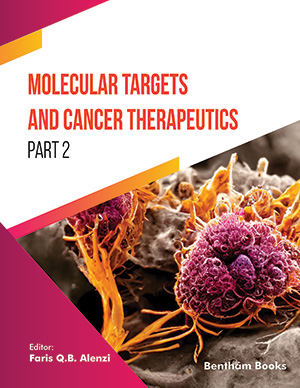Abstract
Nanoscience and Nanotechnology are now almost in every field of Science.
The field has been growing since it was started in 1959 when the Nobel Prize American
physicist, Richard Feynman introduced the concept of nanotechnology; since then, it
has involved in almost every field of Science, including chemistry, biology, computer
science, physics, and engineering. Nanoscience and nanotechnology are now at the
frontline of modernistic research. The term 'nano' referred to a Greek prefix meaning
“dwarf” with a scale of one thousand millionths of a meter (10-9 m). Nanoscience is the
study of particles and structures on the scale of nanometers.
Early detection of cancer plays an important role in successful treatment. The detection
of cancer in the early stage has been delayed by the limits of conventional cancer
detection methods. Recently, the uprising in the use of Nanomedicine and
nanotechnology in health care offers hope for the detection, prevention, and treatment
of cancer. Nanomedicine drugs have been observed to be involved in the treatment of
solid tumors. Also, it is based on enhanced Permeability and Retention (EPR). The
main characteristics of EPR are related to tumor vessel permeability which allows
enhanced permeability (EP) of large particles (macro molecules proteins, micelles &
liposomes). Nanomedicine transport can be hindered from Tumor-associated
microphage (TAM) by poor blood perfusion, high Extracellular Matrix (ECM) dense
and high tumor stromal cells. Electrochemotherapy is commonly used in palliative
settings for the treatment of patients with unresectable tumors to relieve pain and
improve the quality of life. It is also frequently used in the treatment of neoplasia at a
late stage and when comprehensive surgical treatment is not possible due to the size,
location, and the number of the lesion. As the treatment does not involve tissue heating,
so Electrochemotherapy is used for the treatment of tumors near or close to important
structures like vessels and nerves. Electrochemotherapy has a favorable side effect in
the form of local and transient, moderate local pain, edema, erythema, and muscle
contractions during electroporation.
Keywords: Nanotechnology, Nanomedicine, Electrochemotherapy.






















